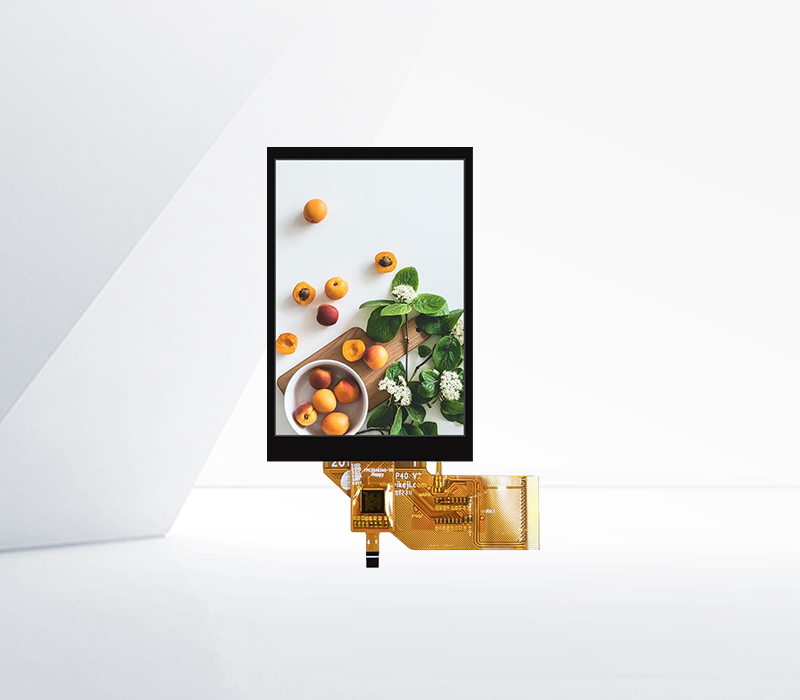




Anti-reflective (AR) coating technology is a critical advancement in touch displays, addressing the common issue of glare and reflections that impair visibility under various lighting conditions. This technology involves applying thin, multi-layered films to the display surface, which work by minimizing the reflection of ambient light, thereby enhancing screen readability and user experience.
The primary mechanism behind AR coatings is interference. Each layer of the coating is designed with a specific refractive index and thickness, tailored to cancel out reflected light waves through destructive interference. When light hits the display surface, part of it is reflected from the top layer of the coating, while another portion penetrates the coating and is reflected from the display’s glass or plastic substrate. By carefully calibrating the layers, these two reflected waves overlap and cancel each other out, significantly reducing overall reflection.
AR coatings for touch displays are available in various types, including single-layer and multi-layer designs. Single-layer coatings, often made of materials like magnesium fluoride, reduce reflections by around 30-40% but are less effective in broad-spectrum lighting. Multi-layer coatings, which may combine materials such as silicon dioxide, titanium dioxide, and niobium pentoxide, can reduce reflections by up to 90% across a wider range of wavelengths, making them ideal for high-end devices used in bright environments—such as outdoor kiosks, automotive touchscreens, and retail displays.
In addition to reducing glare, AR coatings improve contrast and color accuracy by allowing more of the display’s emitted light to reach the user’s eyes without being scattered by reflections. This is particularly important for touch displays in professional settings, such as medical monitors or design workstations, where precise color rendering is essential. Moreover, many AR coatings are combined with oleophobic layers, which repel fingerprints and smudges, maintaining clarity and reducing the need for frequent cleaning.
Durability is another key consideration. AR coatings for touch displays are engineered to withstand repeated touches, cleaning with harsh chemicals, and environmental factors like humidity and temperature fluctuations. Hardened AR coatings, often reinforced with silicon-based compounds, offer scratch resistance, ensuring long-term performance in high-traffic applications.
The application of AR coating technology has expanded the usability of touch displays beyond traditional indoor settings. Outdoor touchscreens, for example, now function reliably under direct sunlight, while industrial control panels remain visible in factories with bright overhead lighting. As touch displays continue to integrate into more aspects of daily life, anti-reflective coatings will remain a vital feature, balancing functionality, visibility, and user comfort.
